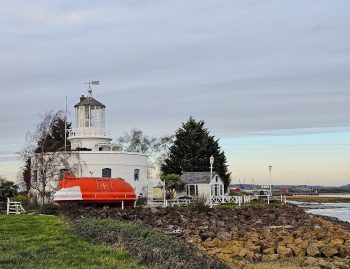St Brides Wentloog
A rural hamlet
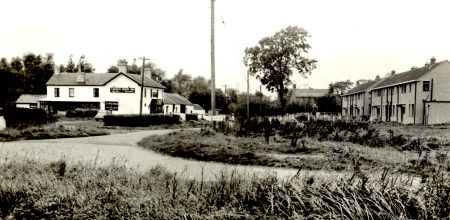
As a Newport family, St Bides was a place we would visit occasionally for a walk on the sea wall, or a drink at the Church House Inn, but until we started researching our family, we had no idea of our family connections to the place. It was a real surprise to find out that not only, was our Grandmothers paternal family from St Brides, but they were also significant landowners there.
So, with a renewed interest in St Brides Wentloog, we thought we would find out a little bit more about it and also where our Phillips family ancestors lived and worked.
St. Bride’s is a small community and officially classed as a hamlet. It is located in the parish of Wentloog, just a few miles to the south west of Newport. The name Wentloog is a corruption of the earlier name Gwynllwg, said to have been named after Gwynllyw, its 5th-6th century ruler. St Brides sits on the Wentloog Level, which is land reclaimed from the Bristol Channel and is protected by a sea wall. The area is criss-crossed by drainage ditches, known as reens.
Accounts from the 1850s showed that St Brides only had one shop, and that sold sweets, all other provisions were carried in by donkey from Newport or Castleton. In 1867 Lyn Harding a star of stage and screen was born at Church House Inn, to a strict Congregationalist Welsh-speaking family. The population in 1881 was 249 with around 60% speaking Welsh.
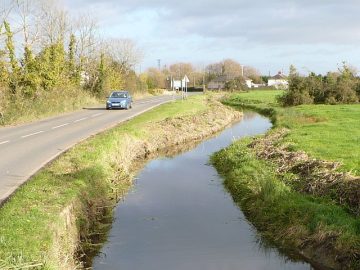
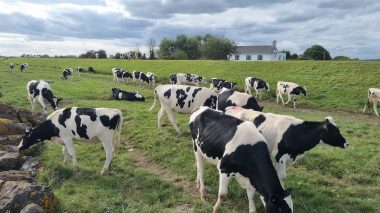
The 1911 census showed a great majority of non-Welsh speakers, with a large proportion of them from rural England, who had come to work as farm labourers. This led to a rapid decline in the Welsh language. Farming has always been the main industry on the Levels and it was that, that brought the Phillips family to St Brides. Phillip and Ann Phillips arrived from Llanover in around 1817 with their four children.
The Phillips family had been successful Dyers and landowners in Llanover which allowed Phillip and Ann to purchase Greenmoor Farm in St Brides. It was a substantial property situated on 90 acres of saltmarsh land. Ownership was not the norm on the Wentloog levels as most of the land in the 19th century was owned by Tredegar Estate and farmed by tenants. This tradition still continues today with the majority of farms being tenanted rather than owner-farmed.
Before the car became the most prominent mode of transport, St Brides was a popular place for a day out for the people of Newport. They came by charabanc, horse and cart, or on foot to spend the day on the shore. There was a popular swimming pool filled by the tide and country walks to enjoy. The popularity of St Brides only started to wane when rival lidos opened in Newport and Caerleon.
The most notable building in St Brides is the beautiful church of St. Bridget, dedicated to Saint Bridget. It is an ancient building, largely rebuilt in the 15th century, of stone. It consists of chancel, nave, south porch, and a western tower housing six bells, four of which are dated 1734. A plaque inside the porch marks the high-tide level of the Bristol Channel floods of 1607. In this area the flood drowned people as far inland as nearby Marshfield, which is almost two miles from the sea.
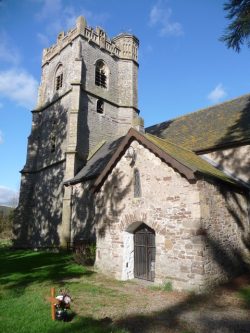

Greenmoor farm was in the Phillips family for many years and was run by four generation of the family. In 1901 Philip Phillips, the 3rd generation to run it, was listed in the Kelly’s Directory as one of the three principal landowners in the area. The farm also ran a popular Dairy School in the early part of the 20th century.
For the last 40 years the farm has operated as the popular Greenmoor Nurseries. Will and Shirley Thomas started the nursery and their three children, Phillip, Jenny and Helen play an active role in producing stock and running the farm. The family remember Brind Phillips well, he was the last of our family to run the farm.
Greenmoor was not the only farm in the area run by the Phillips clan. From the first generation to arrive, John Phillips ran Sutton Farm for several decades, whilst his siter lived at number 3 St Brides. Some of the family who left St Brides continued farming in other areas of Newport
From the third generation of th Phillips’ family, Rees Phillips ran Tyn-Yn-Brwyn Farm in nearby Coedkernew before returning in the 1930s to run Greenmoor with his son. Generations of the Phillips Family are buried in their local church, a short walk from Greenmoor.
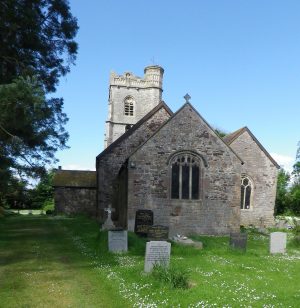
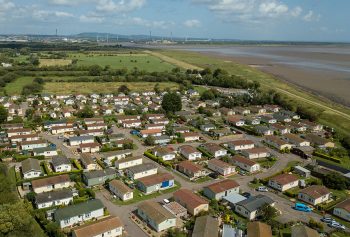
Today, the St. Brides population has doubled to over 400 due to a residential caravan site for the over 50s, and a small housing development on the only land not on the floodplain.
St Brides, Wentloog is still a rural area and retains much of its character. It is popular destination with walkers and families as it sits on the Newport Coastal Path. Unfortunately the last pub in the village has now closed but visitors do still come to see the famous West Usk Lighthouse.
The lighthouse is on the sea wall south of St Brides. It was built in 1821 by Scottish architect, James Walker. It was the first of 22 lighthouses he built. The lighthouse was on its own island up until 1856 when the land around it was reclaimed. It was a working lighthouse warning ships until 1922 when it was decommissioned. Since 1989 The West Usk Lighthouse has operated as a B&B and wedding venue. and featured on several TV programmes.
We fininsh with this quote from The Pleasant Land of Gwent 1944. “The men of St Brides work on the land. They love their village. They are proud of their church with its singularly elegant tower and its porch tablet.”
